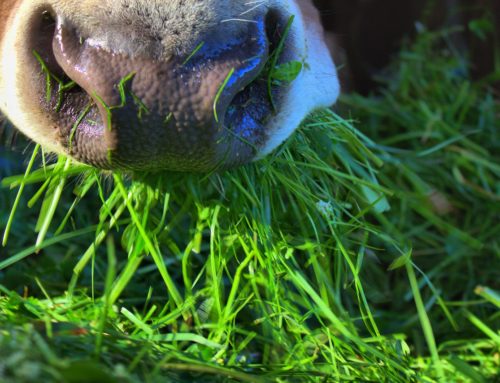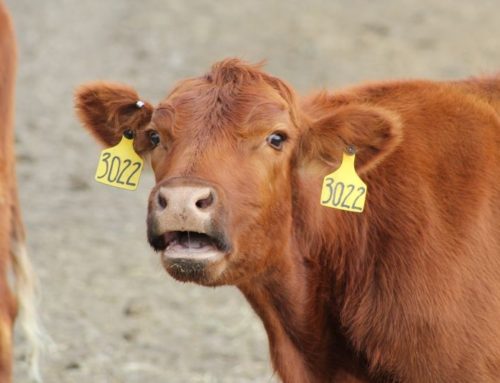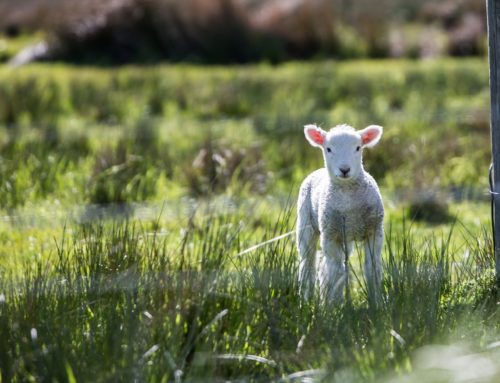Thanks for this article go to Karla H. Jenkins, University of Nebraska-Lincoln Cow/Calf Systems and Stocker Management and Mary Drewnoski, Nebraska Extension Beef Systems Specialist. Listen to a discussion of the content in this article on this episode of the BeefWatch podcast.
As spring nears and grass begins to turn green, producers are anxious to get cows out to grass. However, cool season predominate areas tend to have lush spring growth which can lead to grass tetany in cows. While there are treatments for cows caught quick enough, prevention is always the best policy.
Grass tetany occurs when circulating Magnesium (Mg) is low in the beef animal. Symptoms include staggering, convulsions, excitability, twitching, and can result in death. While it can affect growing cattle, it generally affects older lactating cows. The Mg requirement in the pregnant cow is 0.12% of the diet on a dry matter basis and jumps to 0.2% with lactation. Moreover, the Mg in colostrum is 3 times what it is in the milk the rest of the lactation.
Additionally, unlike some other minerals, Mg is not stored and mobilized in the tissues for times when it is deficient in the diet. Magnesium is absorbed across the rumen wall and how much Mg is circulating in the blood is highly dependent upon how much was consumed.
In addition to the fact that the Mg requirement increases with lactation, if the feed is high in potassium (K) or nitrogen (N) as many lush growing forages can be, then Mg absorption can be compromised as well. Cool, cloudy days associated with wet springs often times increase the risk of grass tetany issues.




